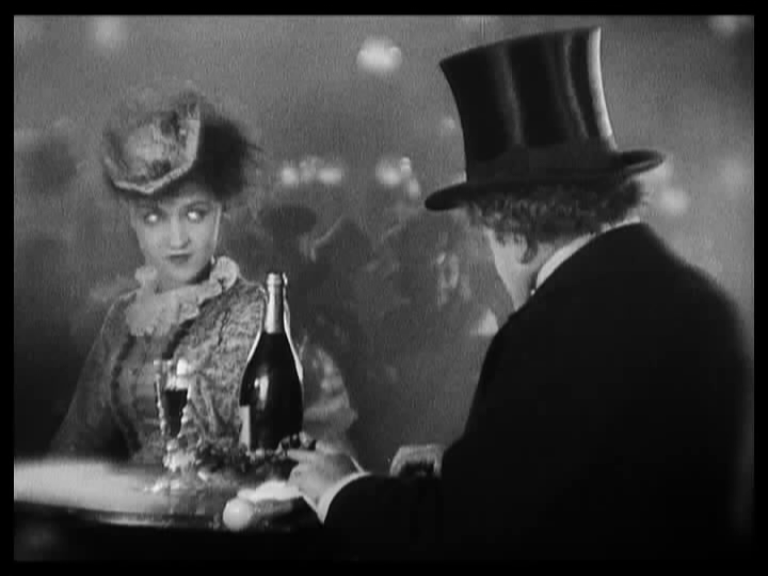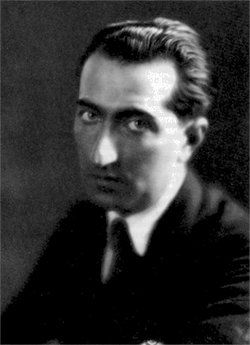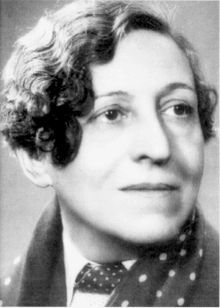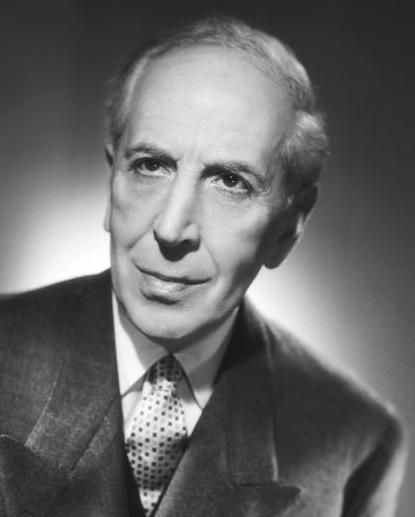Image by Plenty of Nothing
There were a lot of film movements in France posed major
alternatives to the emerging Hollywood tradition during the silent era. However, some of the
alternatives to the American mode remained localized which were Impressionism
and Surrealism.
Impressionism was an avant-garde style that operated largely
within the film industry (Bordwell & Thompson, 2012). Most of the
Impressionist filmmakers started out working for major French companies, and
some of their avant-garde works roved financially successful (Bordwell &
Thompson, 2012). In the mid-1920s, most of them formed their own independent
companies but remained within the mainstream commercial industry by renting
studio facilities and releasing their films through established firms (Bordwell
& Thompson, 2012).
Besides, Surrealism lay largely outside the film industry. Allied
with the Surrealist movement in other arts, these filmmakers relied on their
own means and private patronage (Bordwell & Thompson, 2012). This movement
was influenced by Freud, tried to embody in art and poetry the irrational
forces of dreams and the unconscious. In addition, surrealist films are
concerned with depicting the workings of the unconscious which perceived as
irrational, excessive, grotesque, libidinal and with the liberating force of
unconscious desires and fantasy that are normally repressed (Hayward, 2013).
During 1920s, France offers a striking instance of how different movements may
coexist at the same time and place (Hayward, 2013). A new generation of
filmmakers sought to explore the cinema as an art as their films displayed a
fascination with pictorial beauty and an interest in intense psychological
exploration (Hayward, 2013). This is a movement that dates back to the 1920s
and which affected those films during that time and still has a little
influence today- particularly in horror films.
French had played an important role in the medium formative years. However, after 1912, World War I struck a serious damage to French economy and highly effected to their film industry and it never fully recovered. The industry people try to re-capture their audience back by imitating Hollywood production methods and genres, but never really worked. French films unable to compete with Hollywood films, the exportation of French films had limited to countries that already had stable cultural exchange. This was because of lacking of the capital and production houses.
However, the most significant move was the film movement gained its foothold with some young directors:
French had played an important role in the medium formative years. However, after 1912, World War I struck a serious damage to French economy and highly effected to their film industry and it never fully recovered. The industry people try to re-capture their audience back by imitating Hollywood production methods and genres, but never really worked. French films unable to compete with Hollywood films, the exportation of French films had limited to countries that already had stable cultural exchange. This was because of lacking of the capital and production houses.
However, the most significant move was the film movement gained its foothold with some young directors:
Abel Gance (image by Pinterest)
Louis Delluc (image by Pinterest)
Germaine Dulac (image by Pinterest)
Marcel L'Herbier (image by Pinterest)
Jean Epstein (image by Pinterest)
These younger directors were proclaimed that cinema is an art
comparable to poetry, painting, and mumusic. Cinema should stand alone from literature and theater, or other forms of art. It should be like music in some way, which could provide an occasion for the artists to express feelings.
In order to make the film's narration subjective depth and to capture the instantaneous thoughts which flit through the characters's minds, directors focused on signifying the psychological states of characters. Some techniques were frequently used by Impressionists to represent these kind of hints. In year 1918, Abel Gance started French Impressionism with La
Dixieme which visually presented by music with superimposition and other film
tricks. After that, Marcel L’Herbier’s Rose-France also used the same
techniques to represent a character's psychological states. In addition, these filmmakers also used other techniques that can express the language
or contents of the film. Therefore, audience was able to understand the languages of Impressionism films that the filmmakers was tring to approach to them. The exclusive filmmaking
tricks embraced by regular productions. It has became general to Impressionist
films any longer after that. In year 1929, the production costs for a film was keep increasing as well as lacking of interests by the mass, the Impressionist
movement is started to fade from the mainstream of film industry.











